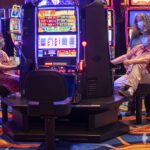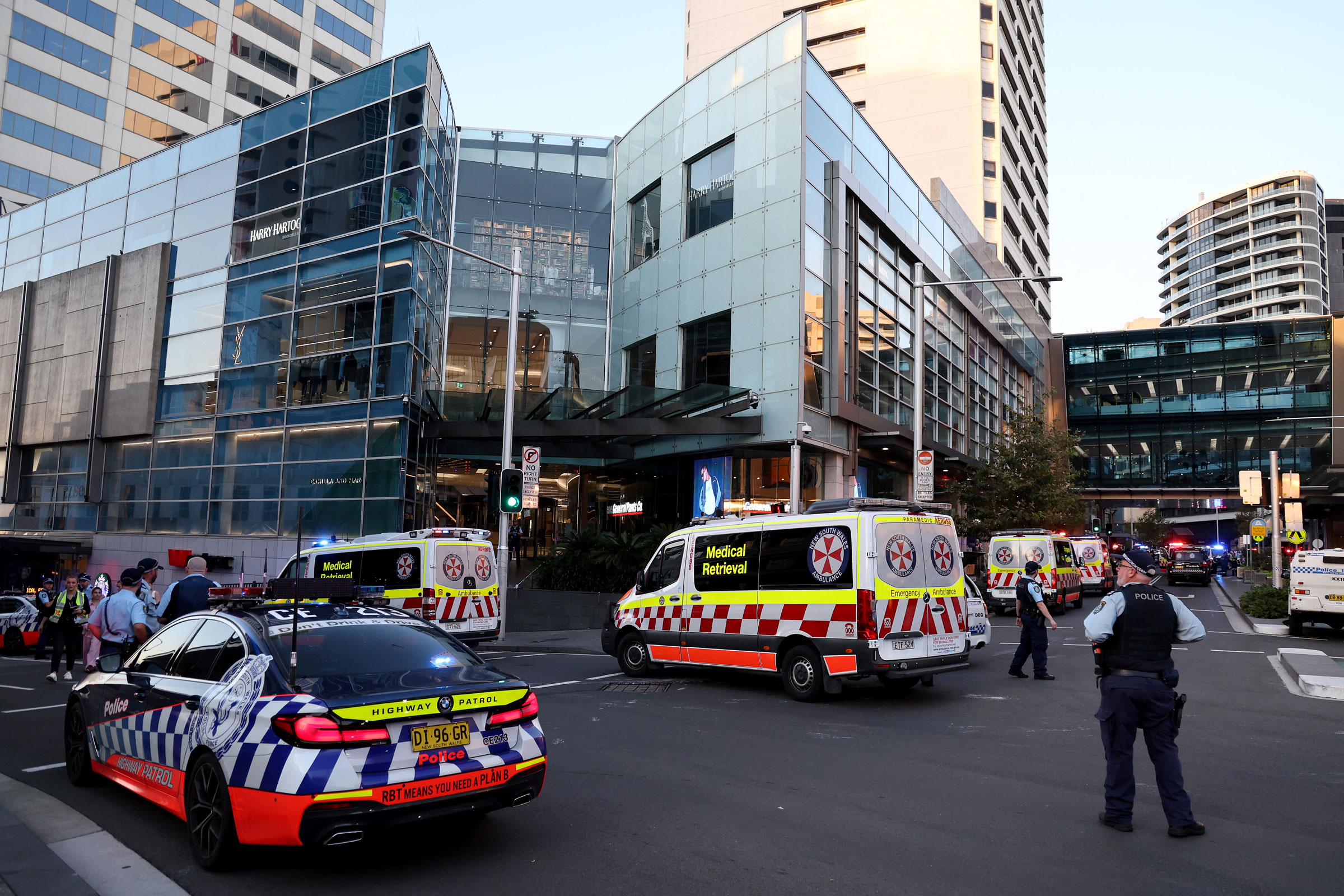

The Sydney Mall Attack Was Horrifying. It Could Have Been Worse
Up until last week, I mostly thought of Bondi Junction as a place to wait for a bus. As the closest train-station hub to Bondi Beach and Sydney’s fancy eastern suburbs, it’s where I and other commuters would switch to buses to get our fix of beaches and high-end real estate. The Bondi Junction Westfield, as the mall is officially known, is a popular spot to meet, eat, catch a movie, and just hang out, while figuring out where the frick the right bus leaves from.
[time-brightcove not-tgx=”true”]
Now I have a far different association with the mall.
I, like so many people, was horrified by the news I woke up to on April 13. A man had gone on a stabbing rampage, killing six people. I was born in Sydney and have relatives who have had stores or jobs in the mall. It was startlingly close to home. But underneath my alarm as I searched online for information was a quiet sense of hope; I knew it was unlikely that the mentally ill assailant would have a gun. I mourn the senseless loss of six humans—a male security guard and five women, one of them a new mother. But, as a three-decade resident of the U.S., I knew it could have been so much worse.
In 1996, a tormented and nefarious man opened fire at an outdoor cafe in Tasmania, Australia, killing 35 people and wounding 24. It was for many years the worst mass-shooting in history anywhere in the world. The (very conservative) leader of the country at the time, Prime Minister John Howard, introduced new regulations on guns, including a gun buyback and a bunch more hoops that people had to jump through to get and keep a firearm, especially a handgun or an assault-style weapon.
There were big protests, but Australia has continued to modify those laws over the years, with the end result being that in the almost exactly 28 years since the Port Arthur massacre there has been just one incident in which a shooter killed more than four strangers in Australia. According to recent research, there are 3.5 million registered guns in Australia, vastly more than in 1996. But the proportion of Australians who own guns has fallen by almost 50%, meaning more guns are in the hands of fewer—and, the data suggests, more responsible—people.
Read More: What It’s Like To Own Guns in Australia
In contrast, in the United States, just in the last four years, just in places people go to shop or hang out? Twenty-three dead in a Walmart in El Paso, Texas; 18 dead at a bowling alley and then bar in Lewiston, Maine; 11 dead in a ballroom in Monterey Park, Calif.; 10 dead in a supermarket in Buffalo, N.Y.; and 10 dead in a supermarket in Boulder, Colo. And that’s not even counting the schools.
If the 40-year-old man in Bondi Junction, or the youth who stabbed people at a Sydney church later in the week, had had firearms, how many more people would have died? A knife is a terrifying weapon, but you have to get close and be stronger than your victim to use it. In the videos of the Bondi Junction attack, you can see people warding off the killer, one of them using the flat end of a bollard to keep him trapped on an escalator for a while, another just turning to face him and squaring up before the attacker veers off in another direction. There’s no scenario in which furniture or fists best a firearm.
You could argue that a gun is much less stealthy than a knife and therefore people would have had more warning. But there’s never enough warning for bullets—they’re too fast, too efficient, too easy to deploy. There wouldn’t have been enough time for shopkeepers to usher visitors into the backrooms of their stores, and there would have been fright and chaos and people running the wrong way because bullets move more swiftly than thought.
Read More: A New Guns Ruling Could Make Families Less Safe
In the end the assailant was taken down by a lone police officer with, yes, a gun. There was no need to wait for the SWAT team, no panicked law enforcement officers trying to figure out what they were dealing with, no suiting up in high-tech Kevlar before going in. Bystanders told the officer where the knife-wielder was, she found him, he raised his knife at her, and she shot him.
When I discuss gun violence with the Americans I love but do not agree with, they like to tell me that the problem is not guns, it’s mental illness. And, yes, mental illness can sometimes be the cause of violence. The U.S. should be doing a much better job helping folks whose mental health is in crisis. But guns weaponize mental illness and escalate the tragedy. The Bondi Junction attacker’s father says he tried to keep knives away from his son. And as history has proved, devastatingly often, it’s hard to keep any readily available weapon away from those determined to hurt. But making guns harder to get can, and in Bondi Junction did, save lives.
Get the latest work and career updates delivered straight to your inbox by subscribing to our magazine category today. Stay informed and ahead of the game with Subscrb.
The content on this website has been curated from various sources and is for informational purposes only. We do not claim ownership of any of the content posted here, all rights belong to their respective authors. While we make every effort to ensure that the information is accurate and up-to-date, we cannot guarantee its completeness or accuracy. Any opinions or views expressed on this website are solely those of the original authors and do not necessarily represent our own. We do not endorse or take responsibility for the content or actions of external websites or individuals linked from this website. Any reliance on the information provided on this website is done at your own risk. Please note that this article was originally seen on the source website TIME, by the author Belinda Luscombe
-
SALE!



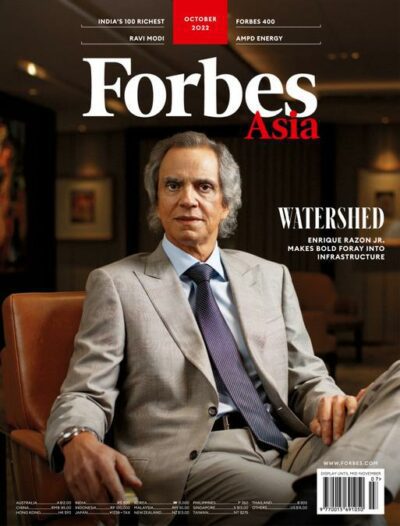
Forbes Asia Magazine Subscription
From: RM220 / year -
SALE!


Fortune Magazine Subscription
From: RM118 / year -
OUT OF STOCK

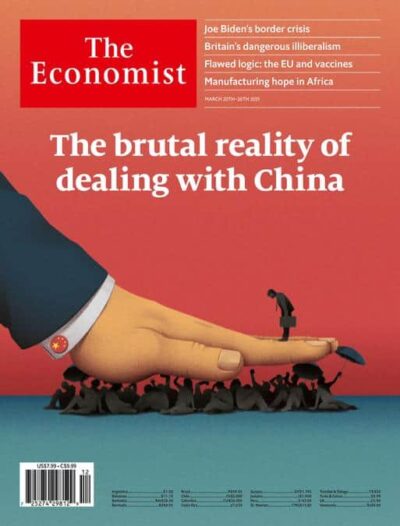


The Economist Magazine Subscription
From: RM1530 / year -

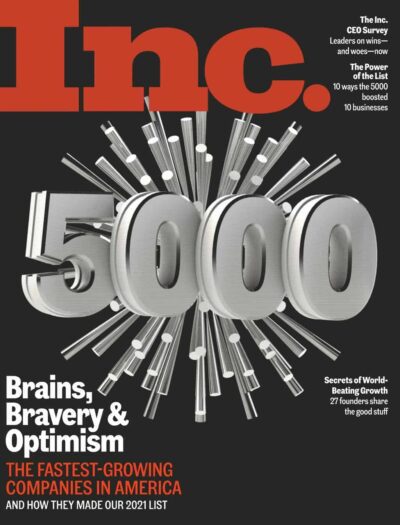
Inc. Magazine Magazine Subscription
From: RM22 / year -

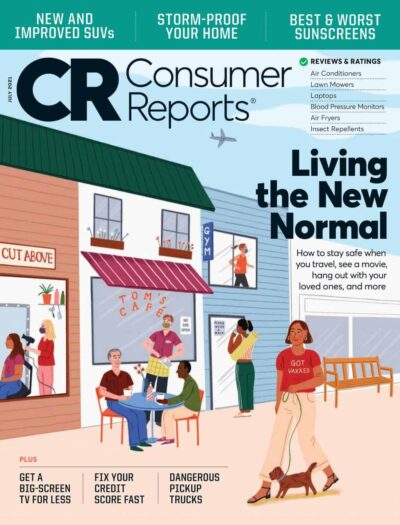
Consumer Reports Magazine Subscription
From: RM22 / year -

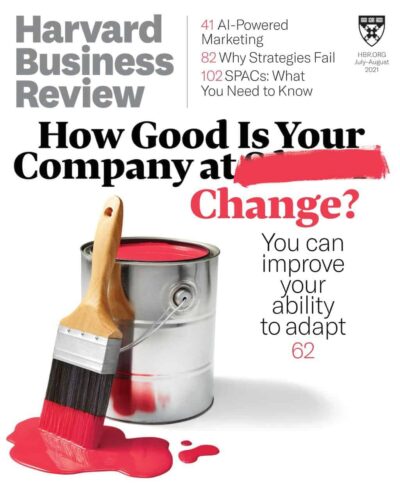
Harvard Business Review Magazine Subscription
From: RM83 / month -

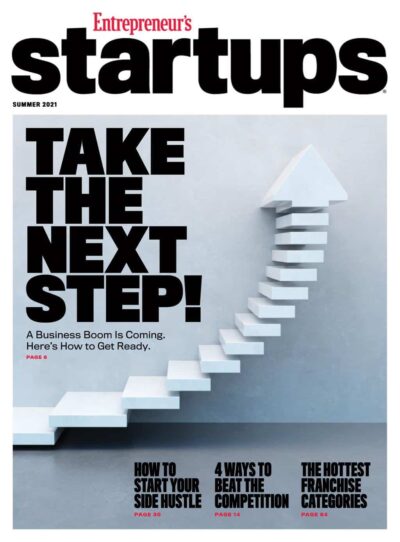
Entrepreneur’s Startups Magazine Subscription
From: RM4 / year -


BILLIONAIRE Magazine Subscription
From: RM131 / year



